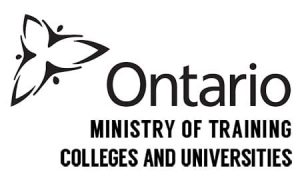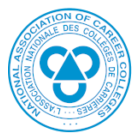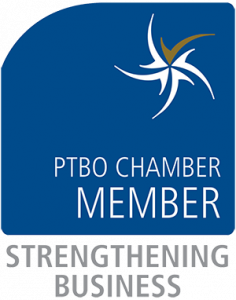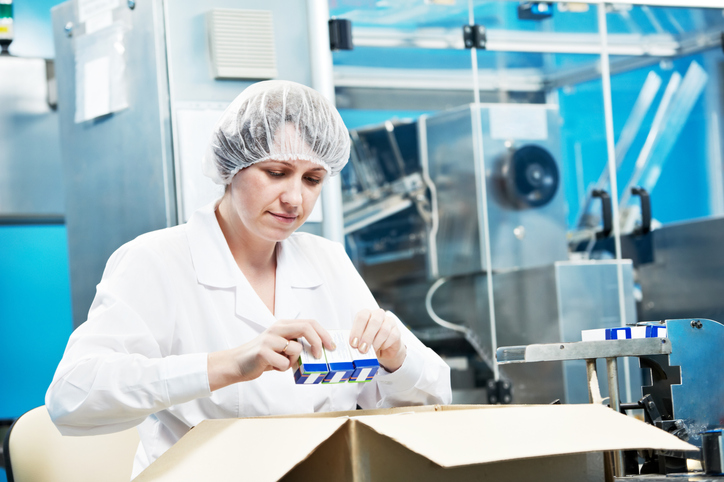
Smart packaging has the power to track products, improve patient compliance and ensure quality. It is prominently used in the food and beverage industry already, serving to reduce waste. Intelligent packaging used in the retail and automotive industries is another example of smart packaging solutions offering benefits. If you’re pursuing a career in the manufacturing of pharmaceutical products, you’ll be interested to learn what the effect of these technologies is having on the pharmaceutical industry.
Read on for some of the ways that smart packaging is used, its benefits and how it will improve the manufacturing of medicines moving forward.
Smart Packaging Types Pharmaceutical Manufacturing Students Should Know
Smart packaging can be divided into two categories—active and intelligent. Active packaging performs a physical function, like desiccants that absorb excess moisture. With the increased number of drugs being created that have high moisture sensitivities, desiccants will be more prevalent moving forward in the industry. Another example of active packaging is colour-changing ink that detects and signals temperatures that are too high or low to maintain product quality.
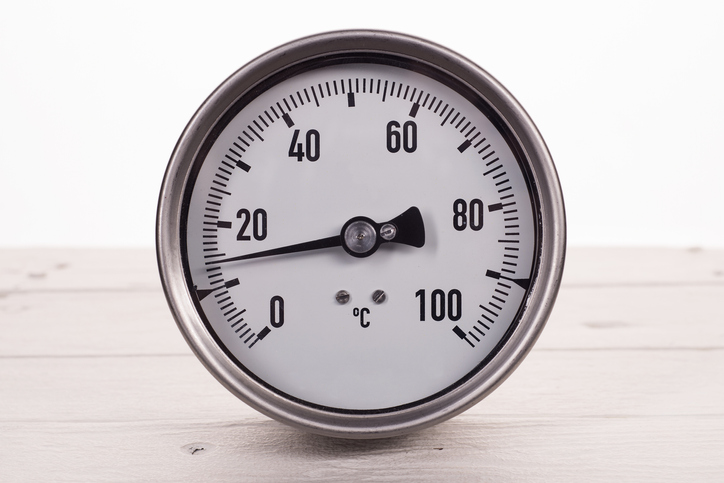 Active packaging can be used to monitor factors like temperature, which can affect quality
Active packaging can be used to monitor factors like temperature, which can affect quality
Intelligent packaging deals with information—receiving it, storing it and delivering it. QR codes are an example of this, as is Near Field Communication (NFC), which allows two items in close proximity to each other to communicate. These are the features that can help with tracking and increasing patient compliance, with elements such as reminders for when a patient should take their medication.
Smart Packages in Pharmaceutical Manufacturing Protect Against Counterfeit
As a pharmaceutical manufacturing technician, integrity of products will probably be very important to you. Unfortunately, counterfeit drugs make up a large global market. These are drugs that are made to look like legitimate pharmaceuticals, but are not produced within regulations and are unauthorized. They can be incredibly dangerous and either have harmful levels of active ingredients, or do not contain the required ingredients to treat patients. These drugs are a major cause of morbidity and mortality.
Smart packaging can use holograms and microtexts to fight against the threats posed by counterfeit drugs. Holographs are constantly evolving in their technology, so they are very difficult to replicate on counterfeit packaging. Microtext is a very small text that cannot be seen without special equipment. This also protects against counterfeiting as it’s not visible to the human eye.
Smart Packaging Provides Transparency Along the Full Supply Chain
Smart packaging can include embedded, printable tracking of a product throughout the full journey it makes along the supply chain, from production to market. Looking at the data that is collected by this technology, information can be obtained on temperatures the product was kept at, as well as how roughly it was handled or transported. This improves the integrity of storage and transport techniques, maintaining safety and product quality.
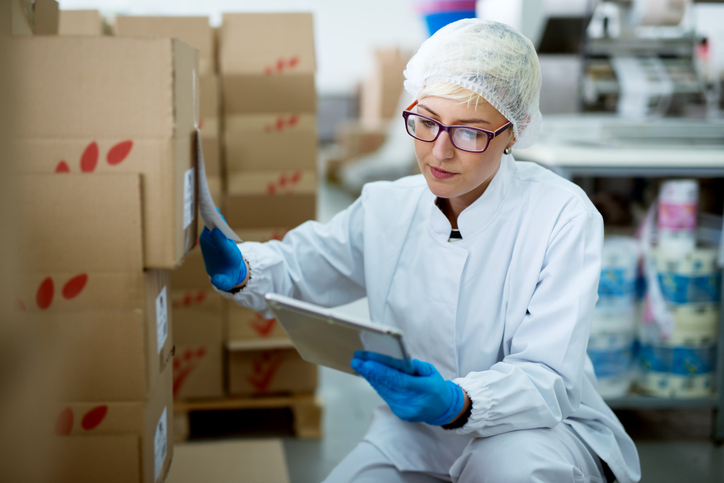 Monitoring medicines closely along the full supply chain increases patient safety
Monitoring medicines closely along the full supply chain increases patient safety
Pharmaceutical Manufacturing produces waste when products are mishandled, so the ability to have a more transparent monitoring of the chain reduces costs. Smart packaging can also reduce waste by alerting patients and pharmacists if a product is about to expire or if it has been tampered with.
Are you looking for a pharmaceutical manufacturing program?
Contact Oxford College for more information.

